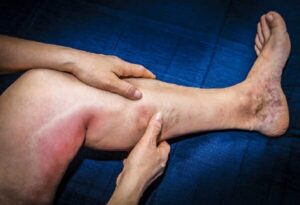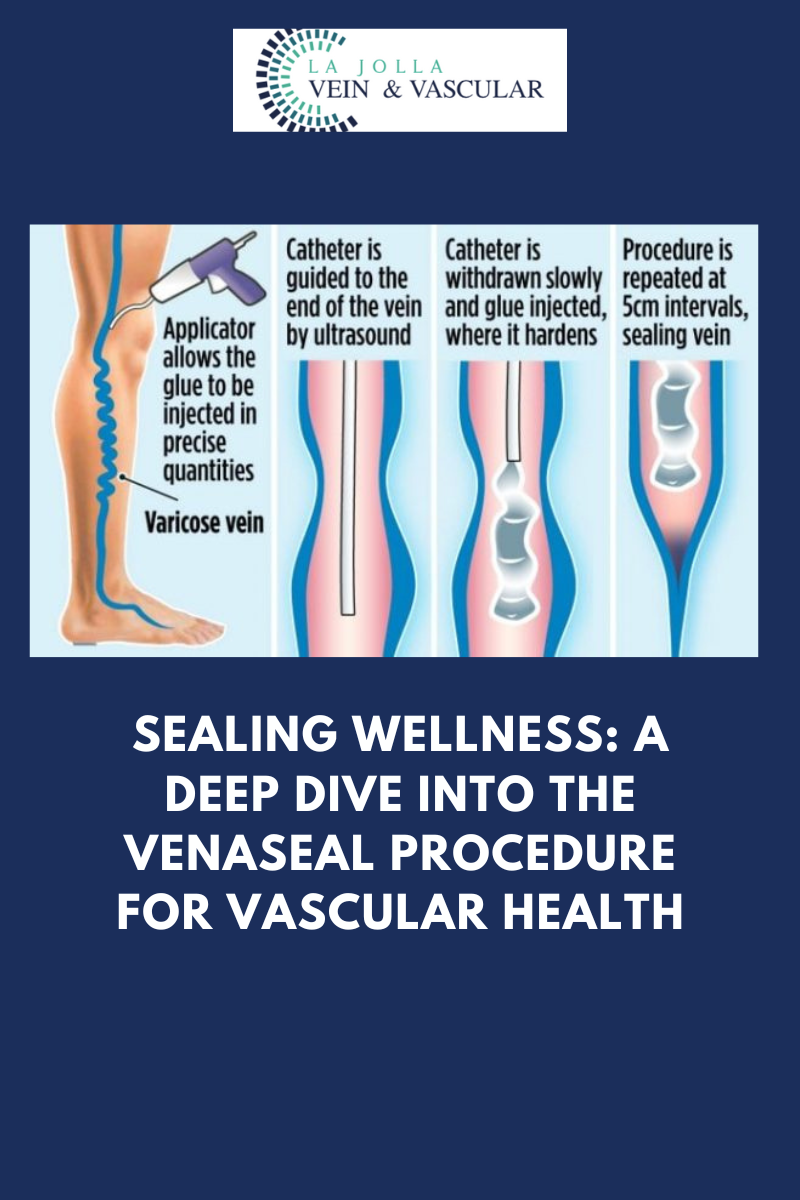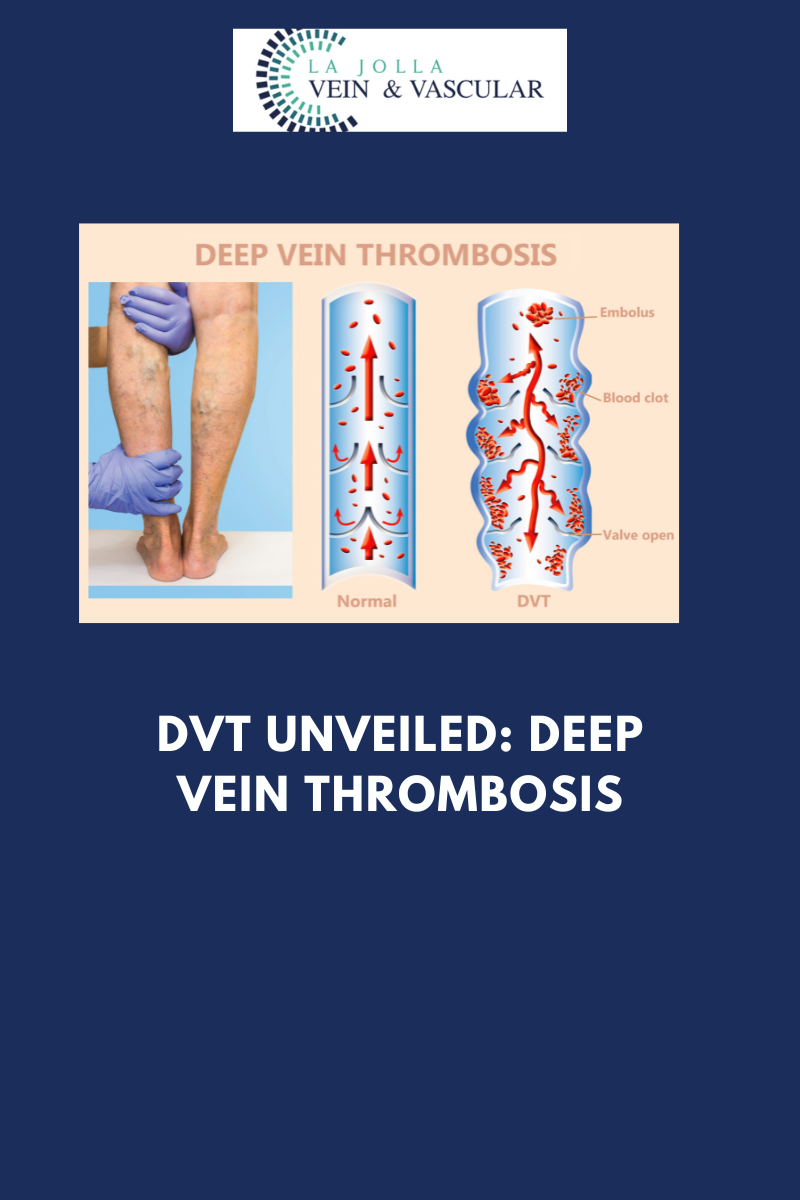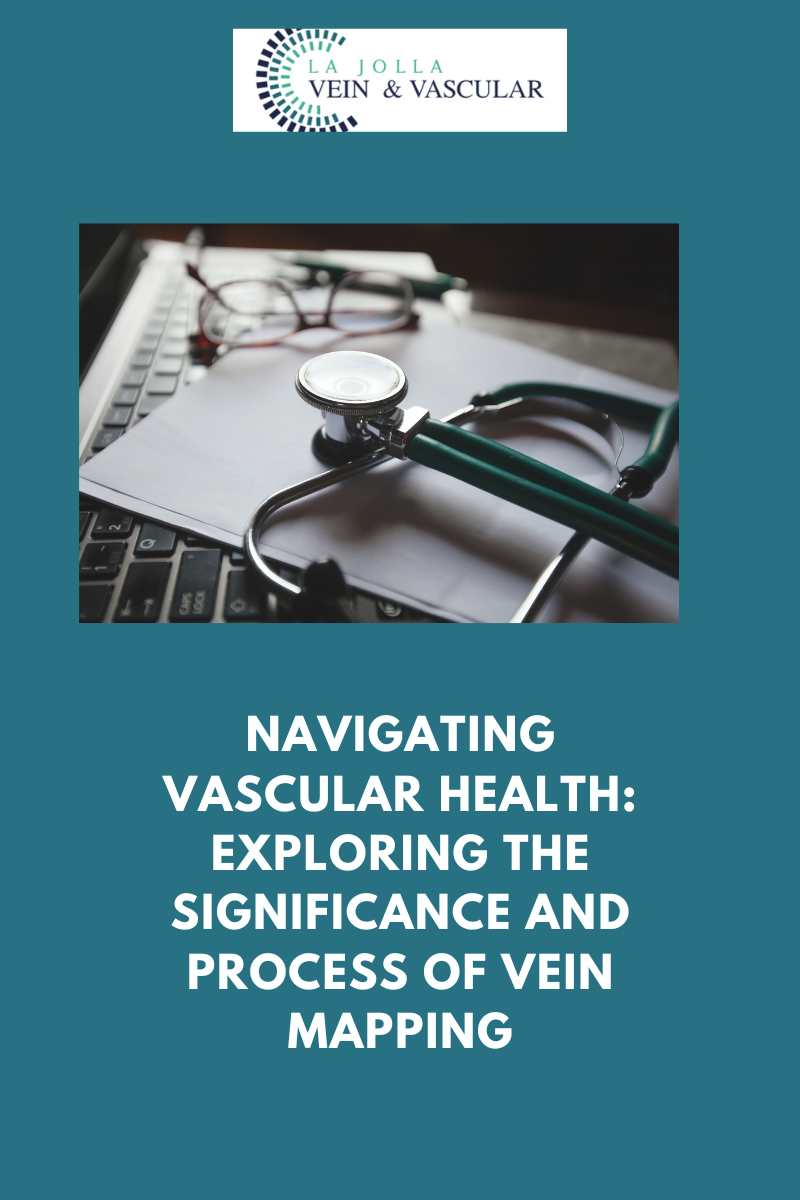Blood clots and vein disease

Deep vein thrombosis (DVT) is a condition in which a blood clot forms in the deep veins located in the leg, thigh, or pelvis. While Deep vein thrombosis (DVT) is common in the lower leg, it can also develop in other body parts, including the arms. So, how do blood clots form in the veins, and is it dangerous?
To answer this, let us look at how the blood circulates in the body. The blood circulatory system consists of two blood vessels, namely the arteries and veins. The arteries carry blood rich in nutrients and oxygen from the heart, while the veins carry the deoxygenated blood back to the heart. Arteries have thin muscles within their walls that make them capable of withstanding the pumping pressure from the heart. However, the veins have no muscle lining and entirely depend on the muscle movement to take the blood back to the heart.
How do Blood Clots Form?

The venous system in the legs consists of two main veins, the superficial veins, and deep veins. As the name suggests, deep veins are located deep within the muscles. On the other hand, superficial veins are located just below the skin and are easily visible. Typically, the blood flows from the superficial veins into the deep venous system through perforator veins. Both the perforator and superficial veins have valves that allow blood to flow in one direction.
However, when blood travels slowly in the veins or pools in the veins, the platelets tend to stick together. While a blood clot (thrombus) in the deep venous system of your leg is not dangerous by itself, it can become life-threatening when it breaks and travels to enter the pulmonary vein. When the blood clot blocks a pulmonary artery, it decreases the amount of oxygen absorbed in the blood, causing a life-threatening condition known as pulmonary embolism.
Deep vein thrombosis (DVT) is considered a medical emergency. According to the CDC (Center for Disease Control and Prevention), 10 – 30 percent of individuals who develop leg DVT experience life-threatening complications within a month of diagnosis.
DVT SYMPTOMS
Like other disorders that affect the venous system, some individuals with DVT may not notice any symptoms. However, if the symptoms develop, people with deep vein thrombosis (DVT) may experience the following:
- Leg pain with walking (muscle cramp or sharp pain)
- Sharp pain in the affected limb that starts in the calf
- Red or discolored skin on the affected limb
- Swelling in the affected limb
- Sudden onset leg swelling
- Enlarged veins
- Increased warmth in the swollen, painful region
Most often, deep vein thrombosis (DVT) affects only one leg, although, on rare occasions, the condition may develop in both legs. If the blood clot (thrombus) breaks and travels up to the lung, a person suffering from pulmonary embolism may have the following:
- Sudden breathlessness or slow breathing
- Rapid breath
- Increased heart rate
- Chest pain that worsens when breathing deeply
“Bringing Experts Together for Unparalleled Vein and Vascular Care”
La Jolla Vein & Vascular (formerly La Jolla Vein Care) is committed to bringing experts together for unparalleled vein and vascular care.
Nisha Bunke, MD, Sarah Lucas, MD, and Elliot DeYoung, MD are specialists who combine their experience and expertise to offer world-class vascular care.
Our accredited center is also a nationally known teaching site and center of excellence.
For more information on treatments and to book a consultation, please give our office a call at 858-550-0330.
For a deeper dive into vein and vascular care, please check out our Youtube Channel at this link.
For more information on varicose veins and eliminating underlying venous insufficiency, check this link out full of resources.
Please follow our social media Instagram Profile and Tik Tok Profile for more fun videos and educational information.





